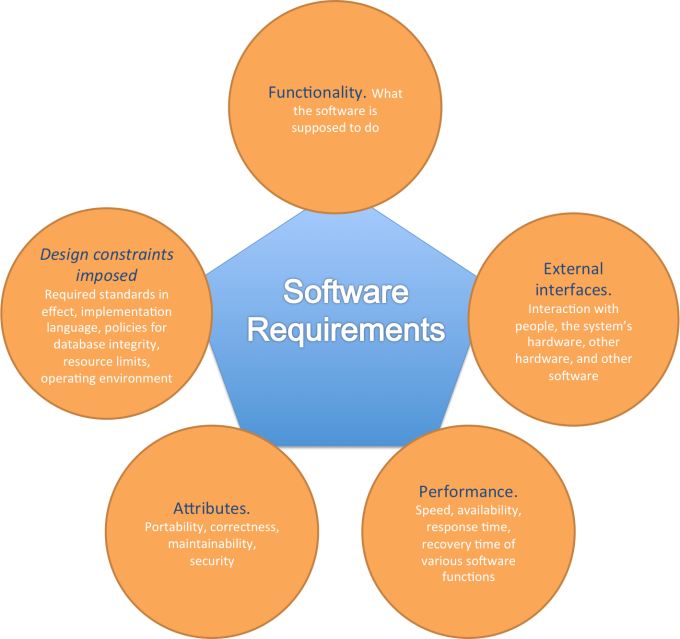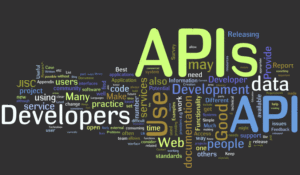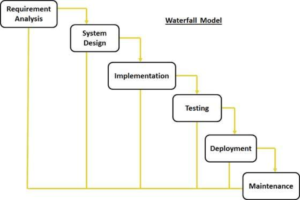The software requirements are description of features and functionalities of the target system. Requirements convey the expectations of users from the software product. The requirements can be obvious or hidden, known or unknown, expected or unexpected from client’s point of view (Tutorialspoint).
For assessing user requirements, an SRS (Software Requirement Specification) document is created whereas for coding and implementation, there is a need of more specific and detailed requirements in software terms. The output of this process can directly be used into implementation in programming languages (Behera).

References:
Tutorialspoint.(n.d.). Software Requirements. Retrieved from: https://www.tutorialspoint.com/software_engineering/software_requirements.htm.
Behera, H.S. (n.d.). Lecture Notes on Software Engineering. Retrieved from: http://www.vssut.ac.in/lecture_notes/lecture1422914635.pdf.
Borlandvideo. (21 May 2009). Requirements Definition: Bringing Software Requirements to Life. Retrieved from: https://www.youtube.com/watch?v=fHjc3cJ6m00.













 urces:
urces:
